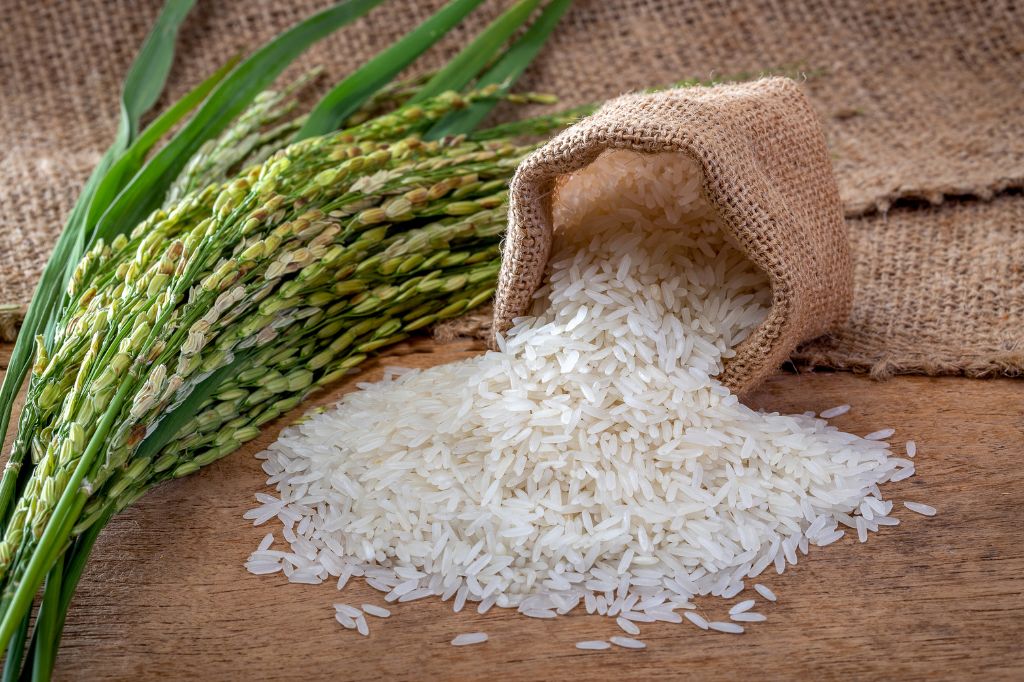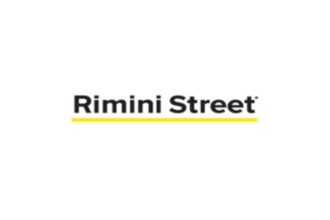Vietnam has identified a significant opportunity to expand its rice market share in the UK. This follows India’s recent export ban, a significant move as India has historically been the UK’s largest rice supplier, according to Trade Counsellor Nguyễn Cảnh Cường of the Vietnam Trade Office in the UK.
The UK, with its sizeable community of over 5.5 million people of Asian descent, has a substantial demand for rice despite producing none domestically. In 2022, the UK’s rice imports surged by 4.1% to surpass 678,000 tonnes, equivalent to over US$603 million.
Vietnam’s rice exports to the UK saw a robust growth last year, reaching around 3,400 tonnes valued at over $3.7 million. This was a 24.5% increase in volume and a 34% rise in value from the previous year. However, these exports account for just 0.6% of the UK’s total rice imports, placing Vietnam as the 14th biggest rice exporter to the UK.
India’s export ban, which covered almost 27% of the UK’s rice imports, is expected to cause a shortage of roughly 75,000 tonnes of rice in the UK for the latter half of 2023. The reduced supply from India presents a distinct advantage for other rice-exporting countries, including Vietnam.
With the beneficial tariffs established by the UK – Vietnam Free Trade Agreement (UKVFTA), Vietnam’s rice has the potential to capture a larger market share in the UK. This sentiment is shared by key industry players such as Nguyễn Hải Nam, chairman of EUTEK Group, and Nguyễn Thị Minh Phương, product development manager at Longdan Group. Both recognize the rising demand for Vietnamese rice in the UK, especially given its competitive pricing and quality.
Cường stressed the opportunity for Vietnam to establish a more dominant presence in the UK rice market. He highlighted the potential benefits of branding, as Vietnamese rice in the UK and other countries often sells under distributor brand names. Proper branding, he suggests, would allow Vietnamese rice to cement its reputation and market share in the UK.
Also read: JPMorgan Chase Unveils Major Tech Hubs in Mumbai and Bengaluru
Nguyễn Hải Nam emphasized the importance of maintaining consistent quality, especially for renowned varieties like ST25 fragrant rice. He believes in the necessity of a standardized production process to ensure the integrity of nationally recognized rice brands.
One of the key strategies to succeed in the UK market, according to Cường, is for Vietnamese producers to adhere to Global GAP standards. He urges both the State and the Ministry of Agriculture and Rural Development to support farmers with the necessary technology and funding to adopt these standards.
Further suggestions to leverage this export opportunity include state-provided credits for rice export purchases and active participation in UK trade fairs to expand customer bases.
Vietnam’s rice exports from January to July are estimated to be around 4.83-4.84 million tonnes. The expectation for 2023 is to export approximately 7.5 million tonnes. Following India’s export ban, the cost of Vietnam’s 5% broken rice increased from $535 to $602 per tonne, while its Jasmine rice saw prices rise from $625 to $690 per tonne earlier this month.
Source: Vietnam News

















